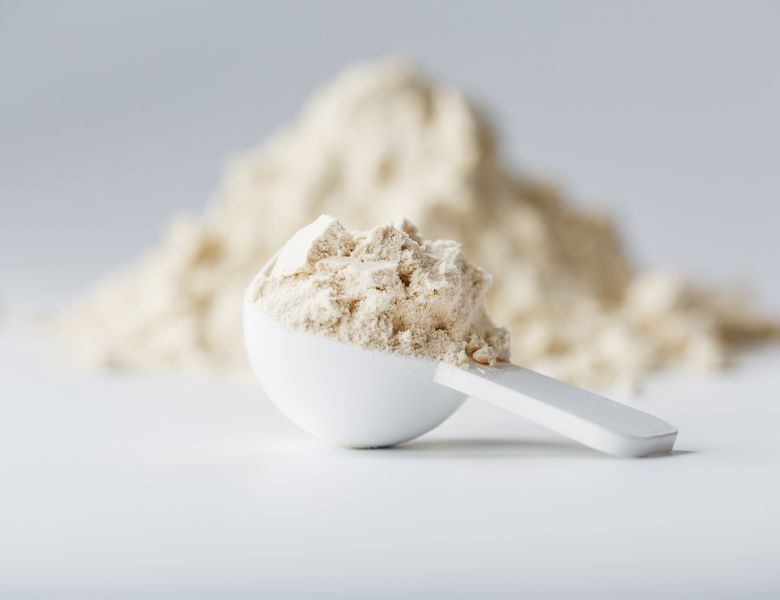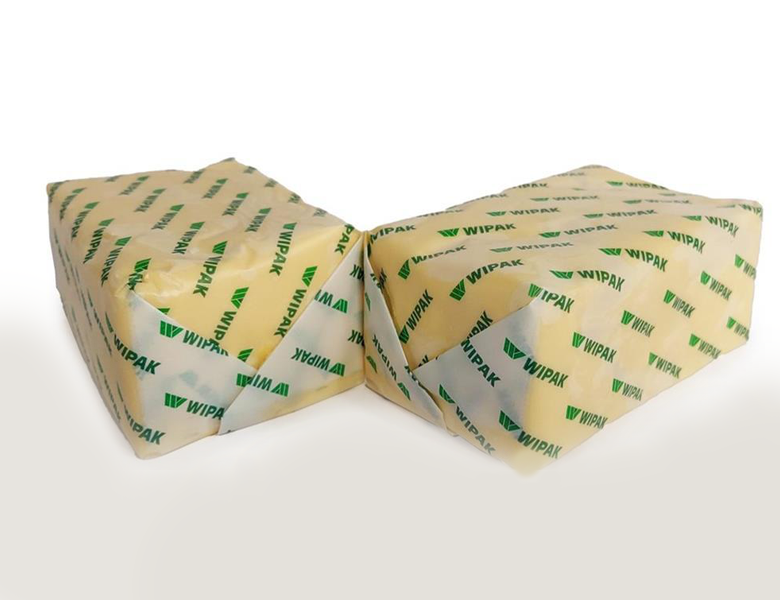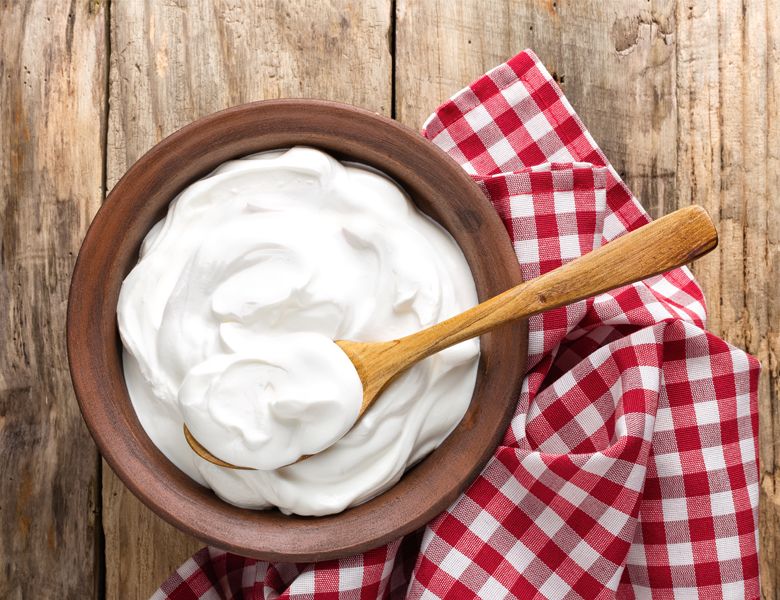Can whey protein phospholipid concentrate be an ingredient with high added value?

- | آتاماد | News |
- 401
Whey Protein Phospholipid Concentrate (WPPC), a low-value coproduct, is currently being examined as a source of nutritional and functional ingredients. WPPC contains high-value components, such as various types of proteins and phospholipids.
What is WPPC?
In the cheese production process, whey protein isolate (WPI) can be produced from whey. WPI must have a fat content of less than 1%, therefore, in addition to traditional fat separation technologies, WPI undergoes microfiltration to remove fat. The remaining material in this microfiltration process is WPPC, which is also known as procream. WPPC is a product with high fat and protein.
Currently, WPPC is a low-value product that is mostly used in animal feed. However, there is interest in finding value-added applications for WPPC. For example, at the University of Wisconsin-Madison, studies have been conducted on the use of WPPC in various food applications, such as ice cream and caramel.
Recently, there has been great interest in further processing or fractionation of WPPC to extract its more valuable components such as specific proteins (or bioactive peptides) and phospholipids. However, there are challenges regarding the decomposition of WPPC.
There are methods to break down WPPC and separate fat and protein. One of these methods is extraction with ethanol solvent, which can be used to remove fat from protein. This process produces a product that is up to about 50-60% phospholipids. One of the disadvantages of this method is the safety concerns of food extracted with ethanol.
Some additional options for concentrating phospholipids are protein hydrolysis in WPPC and supercritical carbon dioxide extraction. Protease enzymes are used for hydrolysis, which basically breaks proteins into smaller pieces and can penetrate ultrafiltration membranes. Supercritical CO2 extraction removes triglycerides to concentrate phospholipids from a powdered product. In both technologies, some protein remains in the product, so a pure lipid product is not obtained.
Another challenge in working with WPPC is that since it contains high levels of fats and phospholipids, they have higher levels of unsaturated fatty acids, so oxidation and off-flavors are a concern. In addition, proteins (whey proteins and milk fat cell membrane proteins) in WPPC are denatured due to additional heat treatment. These denatured proteins affect the performance of WPPC and can also affect the quality of the final product.
What is the solution?
One way might be to change how WPPC is processed. Currently, WPPC powder is spray-dried, but during the atomization step some homogenization/encapsulation of the fat with the proteins occurs, resulting in more fat being entrapped with the protein.
One of the products we can extract from WPPC is the dairy version of lecithin, which is an emulsifier that is widely used by food manufacturers.
WPPC has great potential for use in high-value applications, however, it is challenging to work with and more research needs to be done to develop better methods for processing and partitioning it.
Ingredients in Whey Protein Phospholipid Concentrate:
| Range | Component |
|---|---|
| 50-69 % | Protein |
| 11-38 % |
Fat |
| 7-20 % | Water, Lactose and Minerals |
Reference: https://www.dairyfoods.com
GET IN TOUCH
Copyright © 2023 Atamad.com All right reserved
Website design and SEO services by Seohama team – Web hosting by Sarverhama
Copyright © 2023 Atamad.com All right reserved
Website design and SEO services by Seohama team – Web hosting by Sarverhama








